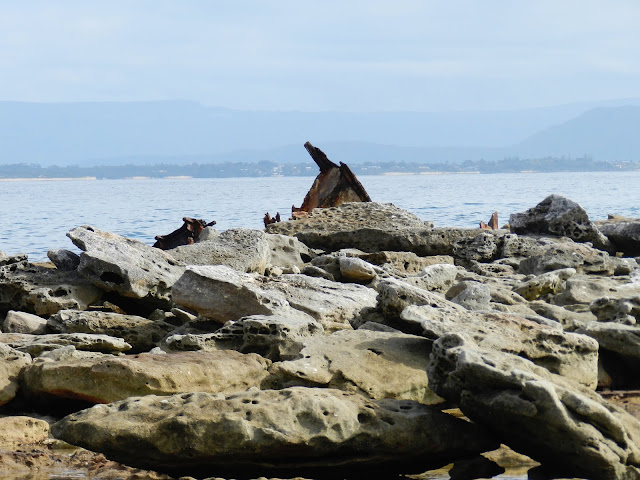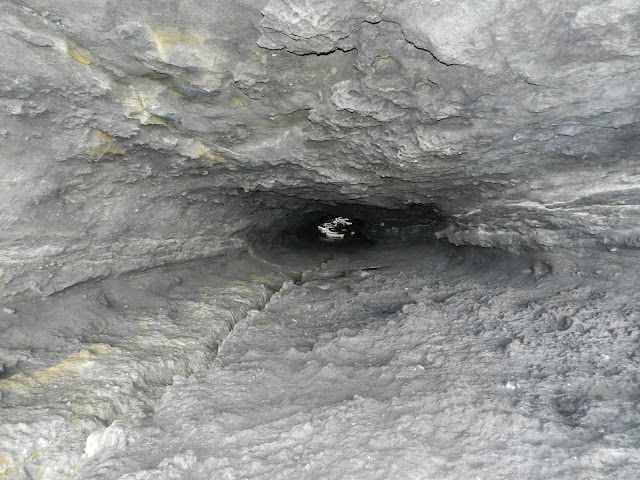General Information
Distance: 7.2 kilometers
Total climb: 104 meters
Time taken: 1 hour 35 minutes
Maps: Corin Dam 8626-1N 1:25 000; Rendezvous Creek 8626-1S 1:25 000
Guide: Graeme Barrow, Exploring Namadgi & Tidbinbilla: Day Walks in Canberra's
High Country (1995), pp. 28-29.
Start point distance by road from Canberra GPO: 57 kilometers
Start point map grid reference: 55H FA 77314 58151 [Corin Dam]
Destination: Same as end point
End Point: 55H FA 77108 55444 [Rendezvous Creek]
Route
http://maps.six.nsw.gov.au/
Description
The starting point for this walk was a locked gate on the Link Track, just off the Orroral Ridge Road about 3.3 kilometers for the Honeysuckle Creek camp ground. From the locked gate we followed the Link Track, which is wide and well-maintained.

The first kilometer or so of the track is being the range on the eastern side of Orroral Valley, but after that some views of the Valley below start to appear.

As we got closer to the Valley, the trail became quite steep downhill in some places.

At the bottom of the range the trail veered northwest before crossing the Orroral River via a bridge. It then crossed the valley to link up with the Cotter Hut Road and then to the Orroral Tracking Station site where we had left a second car. The Valley was quite green and lush.


This is a short walk, mostly downhill and along management trails. It could the done as a return walk if only one car is available, but it is a very steep uphill climb to the locked gate on the Link Track and may best be done by starting at Orroral Valley to get the climb out of the way while still fresh. It would also be possible to combine this walk with the Granite Tors trail, which starts on Cotter Hut Road near the Tracking Station site. This would double the length of the walk and require cars at either end (or a drop-off/pick-up).

The first kilometer or so of the track is being the range on the eastern side of Orroral Valley, but after that some views of the Valley below start to appear.

As we got closer to the Valley, the trail became quite steep downhill in some places.

At the bottom of the range the trail veered northwest before crossing the Orroral River via a bridge. It then crossed the valley to link up with the Cotter Hut Road and then to the Orroral Tracking Station site where we had left a second car. The Valley was quite green and lush.


This is a short walk, mostly downhill and along management trails. It could the done as a return walk if only one car is available, but it is a very steep uphill climb to the locked gate on the Link Track and may best be done by starting at Orroral Valley to get the climb out of the way while still fresh. It would also be possible to combine this walk with the Granite Tors trail, which starts on Cotter Hut Road near the Tracking Station site. This would double the length of the walk and require cars at either end (or a drop-off/pick-up).













































